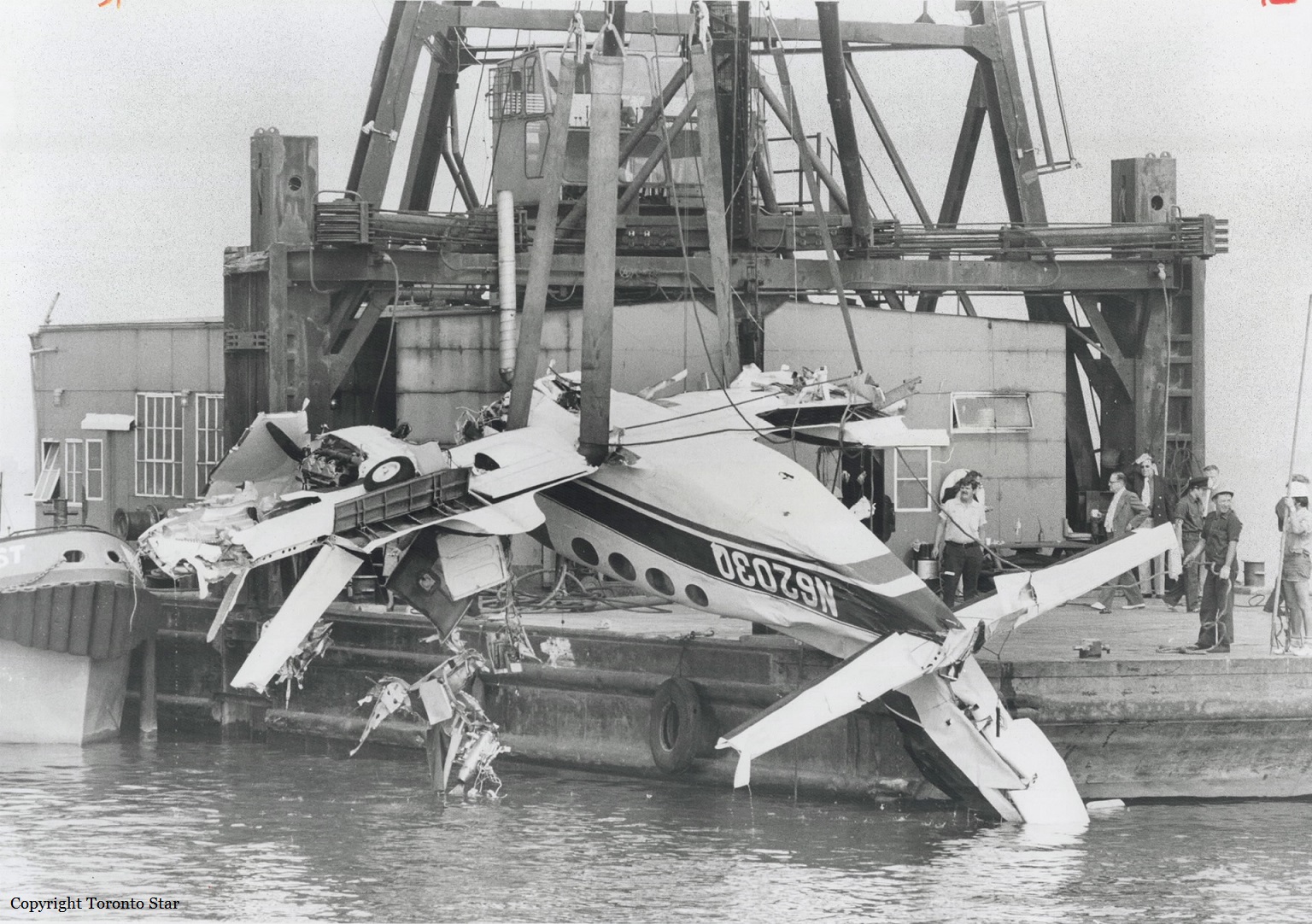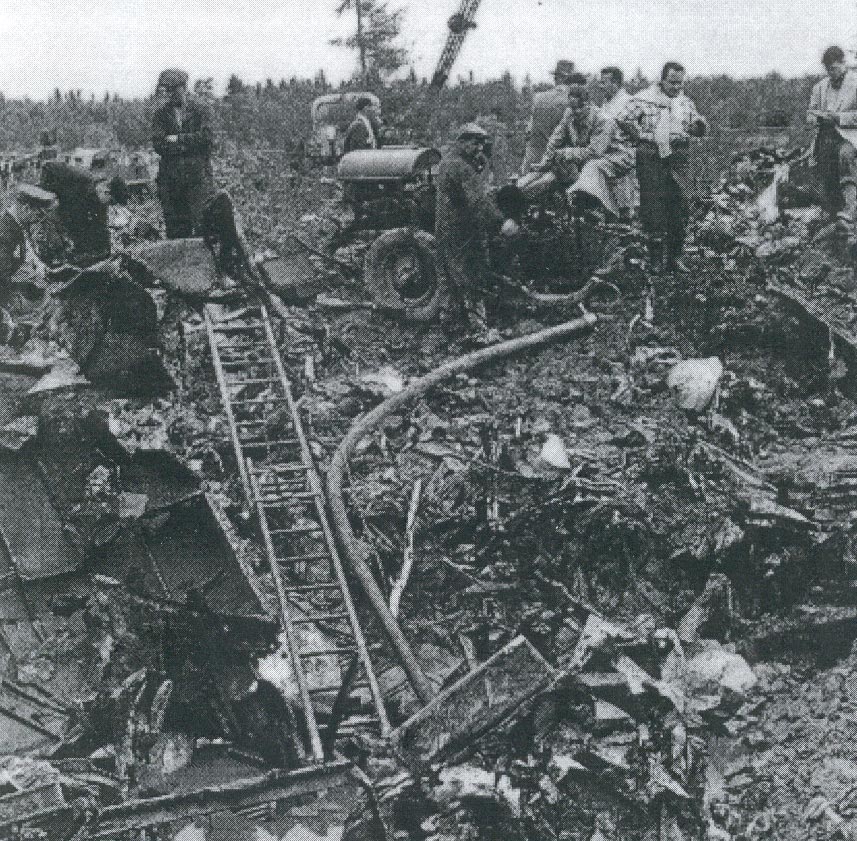Crash of a Britten-Norman BN-2A-20 Islander off Toronto City: 1 killed
Date & Time:
Jan 12, 1987 at 1110 LT
Registration:
C-GIRH
Survivors:
Yes
Schedule:
Saint Catharines – Toronto City
MSN:
404
YOM:
1974
Crew on board:
1
Crew fatalities:
Pax on board:
1
Pax fatalities:
Other fatalities:
Total fatalities:
1
Circumstances:
While approaching Toronto City-Billy Bishop, the pilote declared an emergency following an engine failure. While trying to reach the airfield, he lost control of the airplane that crashed in Lake Ontario about 5,6 km southwest of the airport. Both occupants were seriously injured but the pilot died of hypothermia few hours later.
Probable cause:
Engine failure for unknown reasons.



